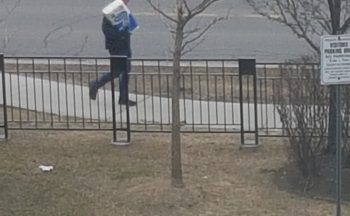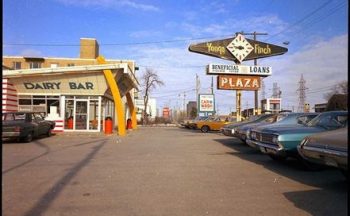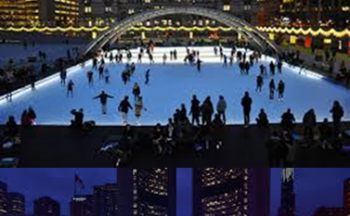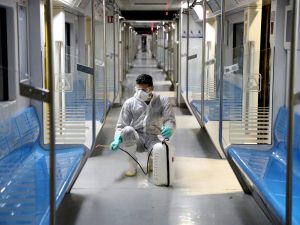 July 2020
July 2020
The world may be changing although not as much as many think. We hope for a COVID cure or vaccine. More likely we learn how best to mitigate against coronavirus like we have against less benign viruses including influenza, polio, AIDS and tuberculosis, all of which were once fatal.
We fear the unknown. As we learn more about coronavirus and how to manage it our concerns and actions should lessen. Today’s preventative measures will be curtailed. We will adapt our living conditions and socialization while reasonably protecting ourselves.
This will not be the first time we’ve adapted to a new virus. After the 1918 influenza pandemic some things changed. Brass fittings in bathrooms was believed to inhibit virus transmission. Powder rooms were intended to keep people away from lavatories. The tuberculosis outbreak is believed to have influenced building and home design; greater use of white, more windows allowing for sunlight, terraces and roof gardens. Sewer systems, toilets, paved streets and hygiene practices have all sprung from our response to past pandemics.
Surprisingly, current COVID measures are no different than society’s pandemic responses over hundreds of years.
Impact on Cities
The 2003 SARS outbreak failed to impact on density, despite it being a contributor. Thus far, COVID-19 appears unrelated to population density. In some cases, higher population density areas have been more effective at containing the COVID outbreak. Public transit impacting on COVID transmission remains an unproven theory.
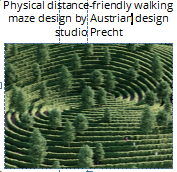 Migration to cities, and interest in high- rise living, will continue despite pandemics. We willingly create density some believe, despite absence of proof, helps spread contagion because of lifestyle, employment and socialization opportunities.
Migration to cities, and interest in high- rise living, will continue despite pandemics. We willingly create density some believe, despite absence of proof, helps spread contagion because of lifestyle, employment and socialization opportunities.
The 2003 SARS outbreak failed to impact on density, despite it being a contributor. Thus far, COVID-19 appears unrelated to population density. In some cases, higher population density areas have been more effective at containing the COVID outbreak. Public transit impacting on COVID transmission remains an unproven theory.
Cities have become quiet, perhaps silent, for now. Some refuse to leave home. They avoid elevators in use by others. Building common areas are to be avoided. These short-term measures are unlikely to be sustained.
For the world’s dirtiest cities air is visibly cleaner. Wildlife is returning to areas where people have temporarily disappeared.
Toronto requires Density
It is density that makes mass transit, extensive road systems, public and health services, and entertainment choices viable. People choose where to reside partially based on access to these services and diversions. And Toronto has been a leader in offering a desirable package attracting people to the city and region.
Today we talk about reduced use of roads and transit. Should this become permanent it will be difficult to justify maintaining pedestrian- and cycle-friendly streets, a good road system, efficient public transit, entertainment, restaurants and large public spaces. For Toronto, tourism and high density are necessary to maintain so much of what makes the city a desirable place to live and visit.
It may be that six feet of distance becomes a new yardstick for public and private area design impacting on sidewalks, public seating and restaurants. Condo living may require a different cleaning regimen and common area layouts reflecting physical distancing. Or we may revert to pre-pandemic habits. Nobody is able to predict what may happen. Toronto, and high-rise condominium living, has been designed to attract people. Physical distancing may make the city, and condo living, less attractive.


